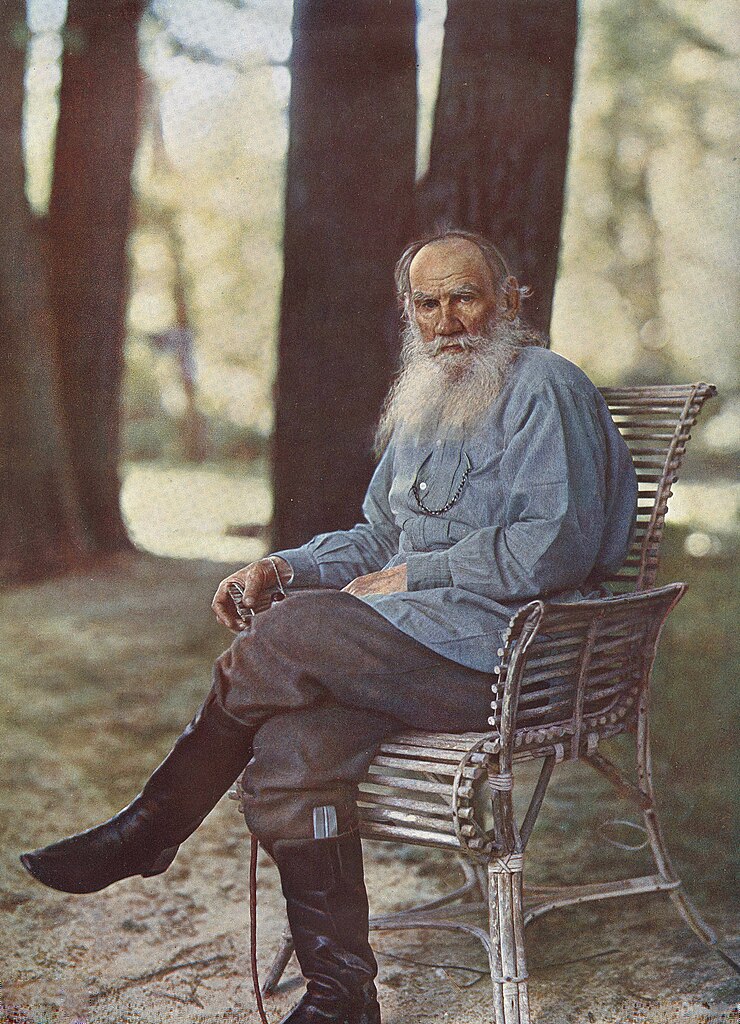Here in Los Angeles, we learn to live with helicopters. Whether police, news, or unidentifiable, these great mechanical hummingbirds buzz over the city in a kind of omnipresence that can drive new arrivals nuts. The movies have turned helicopters into a visual icon of Los Angeles, but in real life they’ve become more like the city’s sonic signature, to the point where the distinctively rapid, repetitive thump of their rotor blades sometimes bleeds into our dreams. Whether or not innovative German composer Karlheinz Stockhausen spent much time here I don’t know, but he, too, dreamt of helicopters, and the inspiration this vision granted him led to his 1993 Helikopter-Streichquartett, also known as the Helicopter String Quartet. You can see a 2012 Birmingham performance by the Elysian String Quartet above. And no, the piece doesn’t mean “Helicopter” as any kind of metaphor; you’ve got to have not just one but four of the things to properly play it.
Stockhausen, writing about the origins of the Helicopter String Quartet, described the dream as follows:
I heard and saw the four string players in four helicopters flying in the air and playing. At the same time I saw people on the ground seated in an audio-visual hall, others were standing outdoors on a large public plaza. In front of them, four towers of television screens and loudspeakers had been set up: at the left, half-left, half-right, right. At each of the four positions one of the four string players could be heard and seen in close-up.
Most of the time, the string players played tremoli which blended so well with the timbres and the rhythms of the rotor blades that the helicopters sounded like musical instruments.
When I woke up, I strongly felt that something had been communicated to me which I never would have thought of on my own. I did not tell anyone anything about it.
An actual performance, which gets even more complicated than you’d imagine, involves not just separate helicopters for each string player but separate video cameras to capture and send (“possibly via satellite relay”) their images and those of the Earth behind them. It also requires precision-timed and music-synchronized ascents and descents, “blending” of the sounds of the strings with the sounds of the rotors (via three distinct microphones per chopper), an active mixer to keep the signals in balance, and a moderator to explain it all. At Ubuweb, Frank Scheffer’s 1995 German documentary has more to show and tell about what it took to bring the literal dream of the Helikopter-Streichquartett into reality, a painstaking effort which must surely count as one of the 20th century’s largest-scale sublimations of annoyance into art.
Related Content:
Hollywood by Helicopter, 1958
MIT LED Helicopters: The Early Smart Pixels
Colin Marshall hosts and produces Notebook on Cities and Culture and writes essays on cities, language, Asia, and men’s style. He’s at work on a book about Los Angeles, A Los Angeles Primer. Follow him on Twitter at @colinmarshall or on Facebook.







